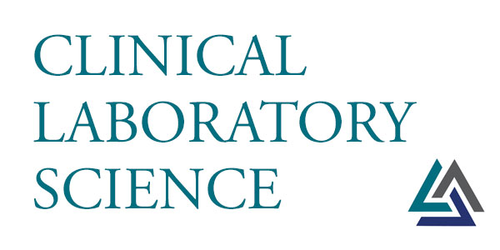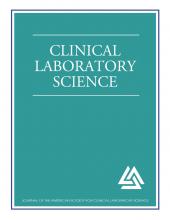This article requires a subscription to view the full text. If you have a subscription you may use the login form below to view the article. Access to this article can also be purchased.
Abstract
This review describes classical thrombotic thrombocytopenic purpura (TTP), discusses the pathogenesis of acquired and congenital TTP, describes clinical and laboratory manifestations observed in patients, and lists treatment options for managing patients with TTP. TTP is a rare hematologic disorder characterized by thrombocytopenia and microangiopathic hemolytic anemia (MAHA). It results from a congenital or acquired deficiency of ADAMTS13 in plasma. Most cases are due to an autoimmune mechanism that interferes with ADAMTS13, however rare inherited forms of TTP have been described (Upshaw-Shulman syndrome, USS). It is still considered a life-threatening disease with a mortality rate of 10-20%. Severe deficiency of ADAMTS13 (<10%) is most often associated with congenital TTP. Even though TTP is a serious hematologic emergency that is almost always fatal in untreated cases, an understanding of its pathophysiology can lead to successful treatment strategies resulting in improved patient management and outcomes.
- Received February 12, 2020.
- Revision received May 10, 2020.
- Accepted June 4, 2020.
- Published by American Society for Clinical Laboratory Science






